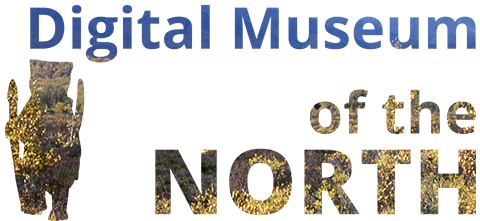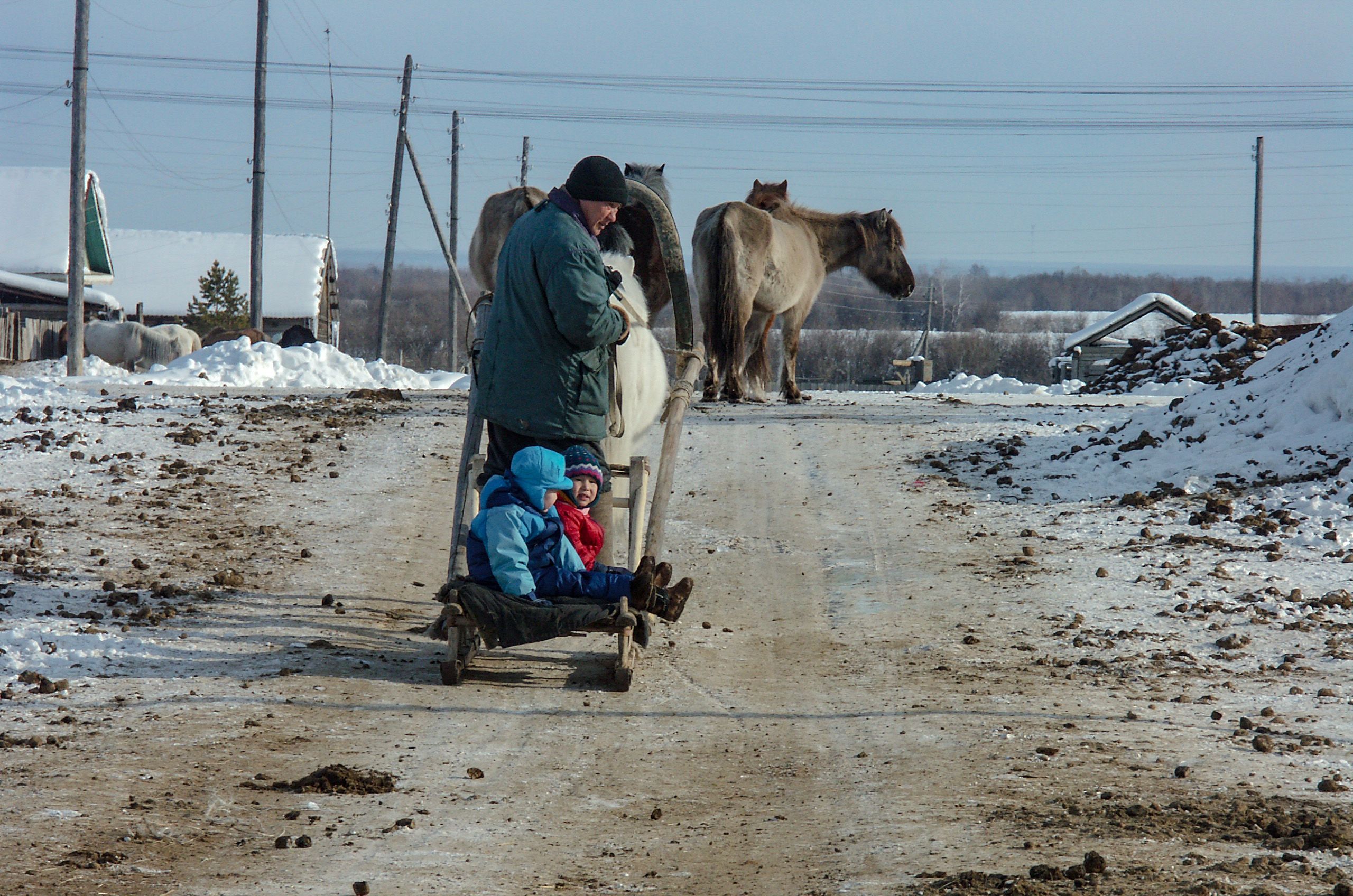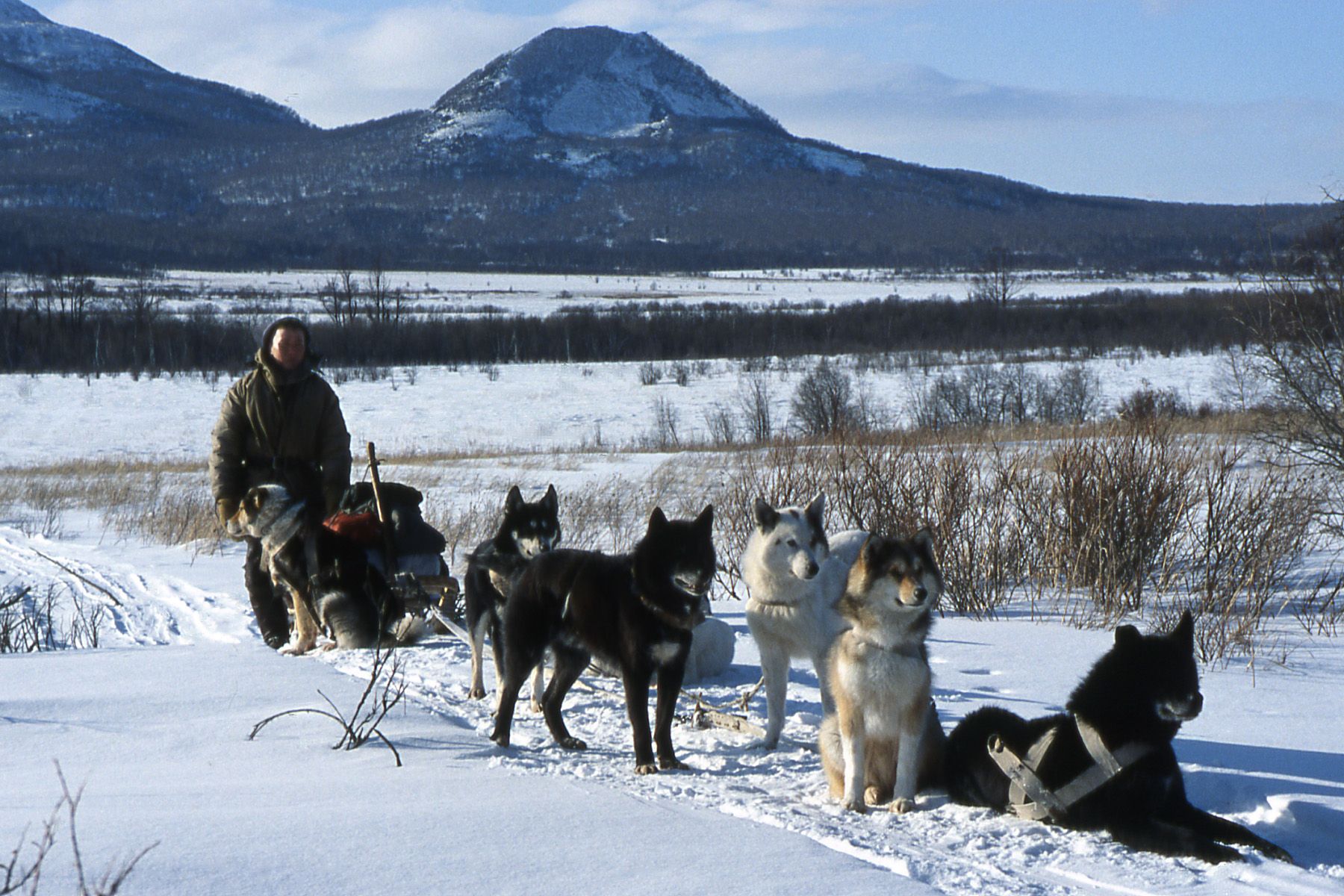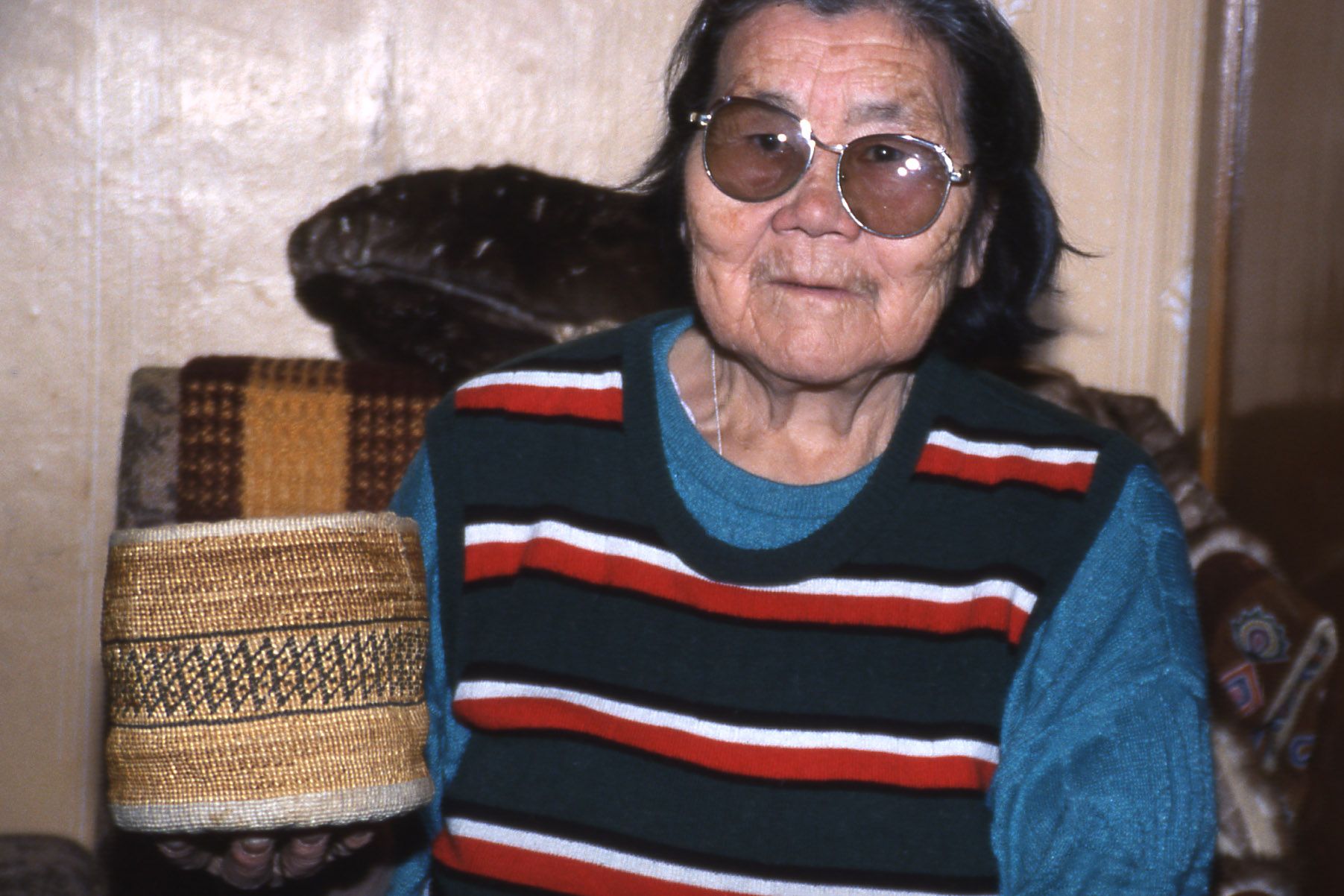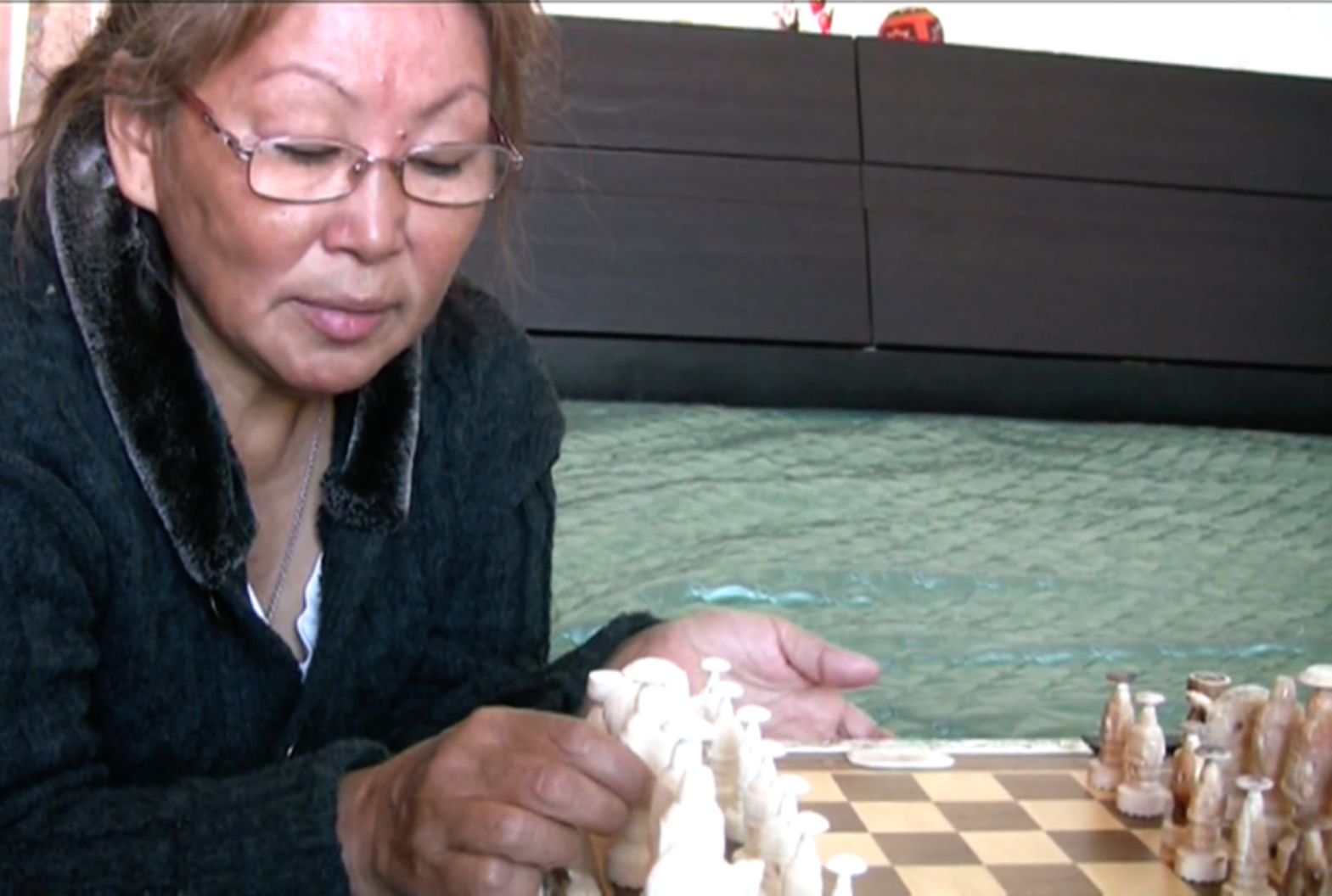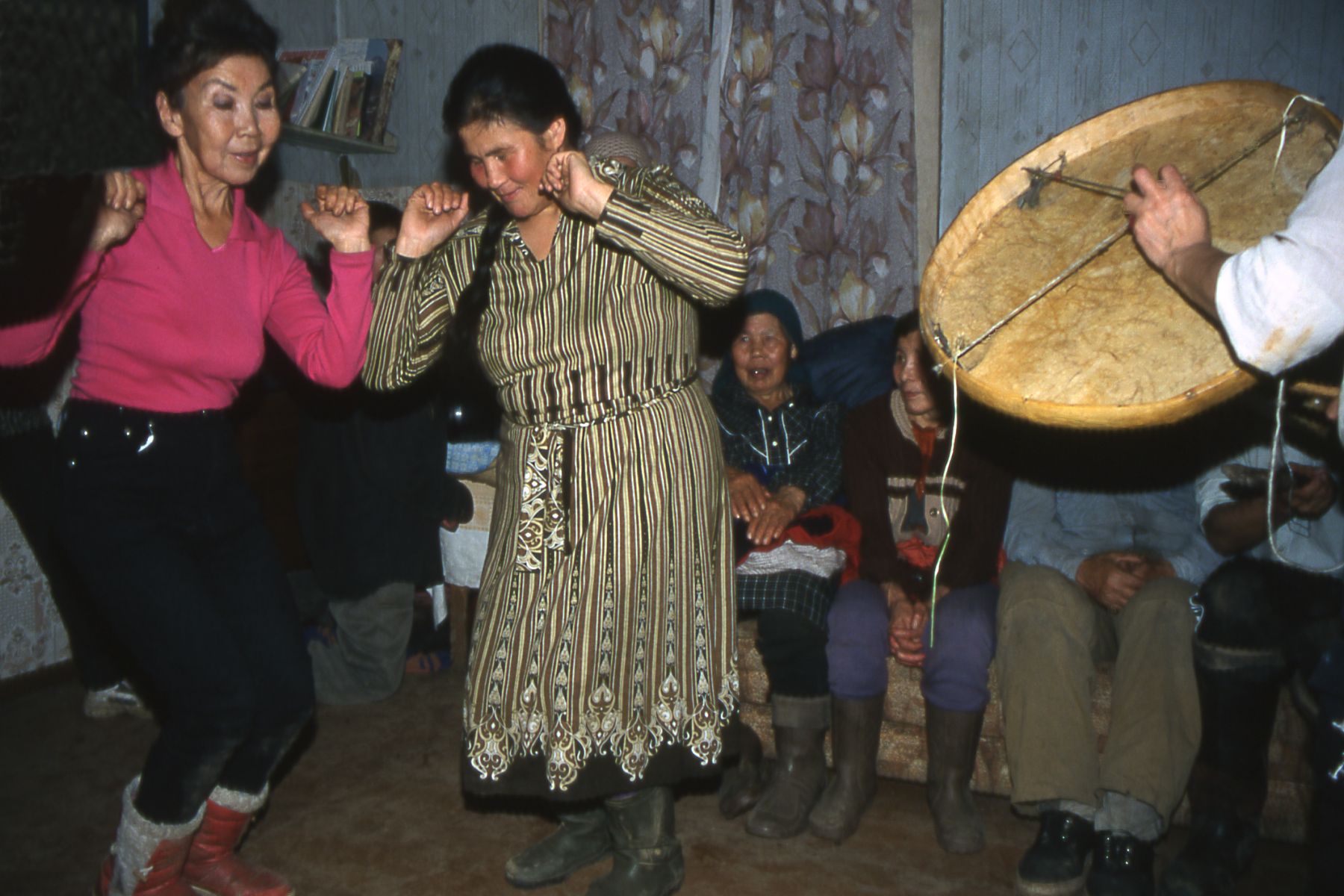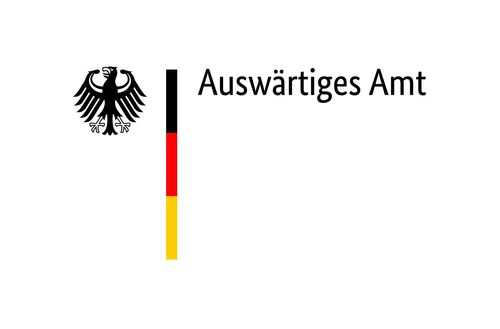Themes
Selected themes lead to the corresponding objects in museum collections.
Worldview and Rituals
Indigenous peoples of the North explain the origin of the world in a variety of ways. Through appropriate behavior they try to influence the environment in their favor, which they often experience as precarious. For this, they often need assistance from intermediaries between the different worlds, especially shamans. Their duty is also to seek out causes of illness. Rituals performed at seasonal community feasts or individually serve to reconcile people with nature, of which they see themselves as a part.
more ... Gathering plants
Gathering berries, plants and roots is important for the peoples of the North. During the few snow-free months of the year, they have to stock up on vitamin-rich food for the winter. For this purpose, women usually organize regular community gathering trips. They use specific tools, bags and other containers for various purposes. The subsequent processing and preservation is usually done also in the company of others and is therefore in the same way as the collecting perceived as enjoyable.
more ... Fishing
For all the peoples of the North, fishing is probably the most important source of food, in combination with other subsistence activities such as hunting marine and land animals or reindeer herding. For various fishing methods, suitable tools and types of boats have been developed that have proven useful over a long period of time and are still used today together with modern equipment. As with plants, various methods of preservation, such as drying and smoking, are of particular importance for the processing of fish too.
more ... 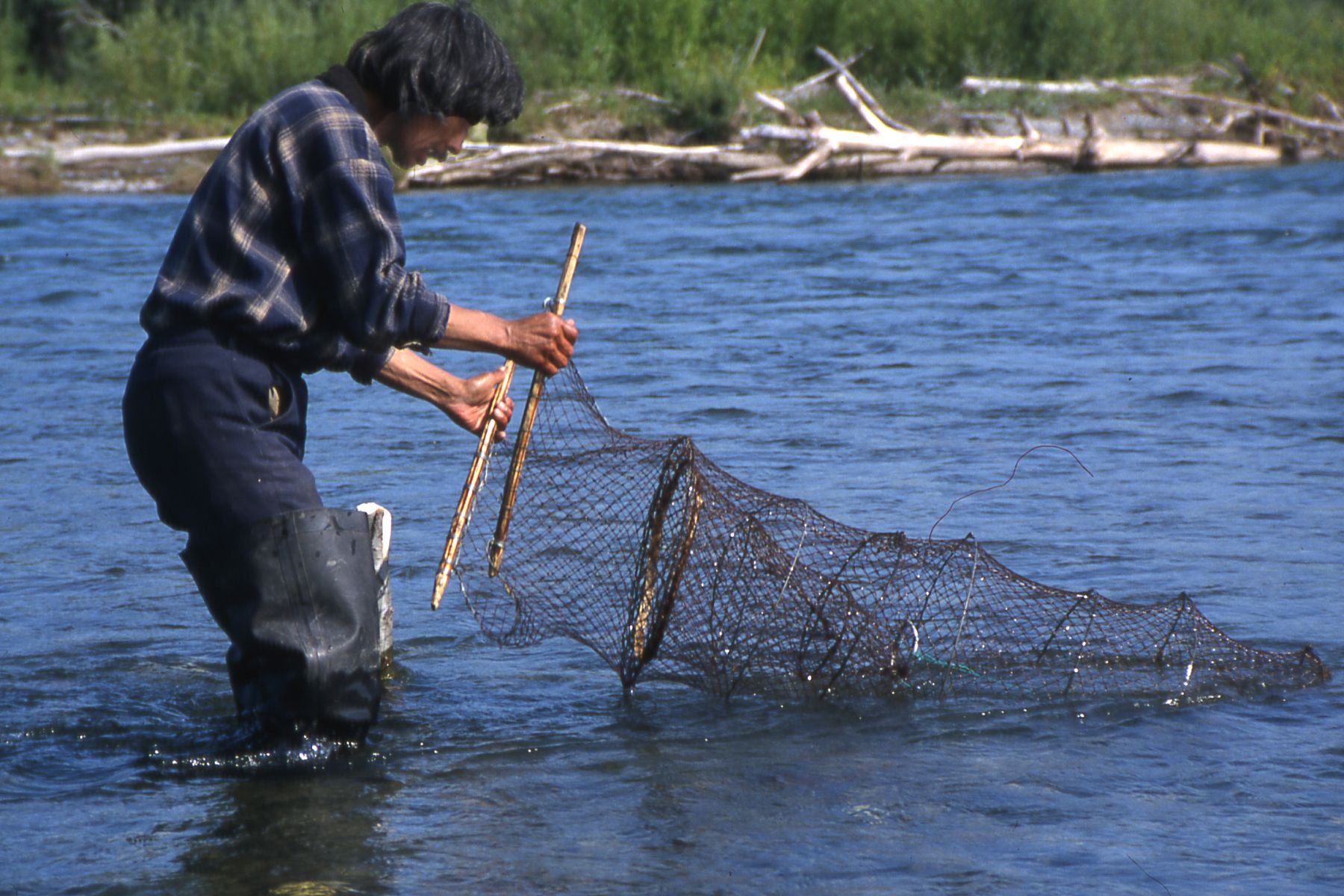
© Erich Kasten, 1999
Hunting
Marine mammals such as seals, bearded seals, walruses and whales not only provided valuable food for the coastal populations, but also important raw materials for their clothing and tools. In addition, they served as a sought-after means of exchange with neighboring inland groups. This led to the development of symbiotic relationships between inland and coastal populations as a way of coping with extreme climatic conditions. Further inland, land animals were hunted. Fur trapping was particularly important in earlier times as a means of acquiring useful tools and materials from foreign traders.
more ... Reindeer herding
For the peoples of the North who live inland, hunting and reindeer herding are their main means of subsistence. Reindeer were initially used only for transport by nomadic hunters. Later, some of them developed larger herds where the landscape conditions – as in the tundra – turned out to be favorable for this. In this way, they were able to obtain a more reliable source of food when game was occasionally scarce. In addition to meat, reindeer also provide almost all the important raw materials needed for clothing and tools. In particular, the warming reindeer furs are highly sought after by coastal populations.
more ... Horse breeding
For the Sakha (Yakuts), horse breeding is of particular importance. For a long time, it served not only as an economic basis by providing meat and milk food and important materials. Their large horse stocks also lent themselves to transportation services when the Russians opened up Siberia, which led to closer cultural contacts with conquerors coming from the west at an early stage. The special role of the horse in the life of the Yakuts is also expressed in their world view and in most of the rituals during their festival of reconciliation with nature (Ysyach). When they immigrated from southern Siberia during the 13th and 15th centuries, the Sakha adapted local horse-breeding traditions from there to the climatic conditions of the north and, over time, developed a particularly hardy horse breed known as the Yakut horse.
more ... Transport
The use of different resources in different locations and exchanges with neighbouring groups require a high degree of mobility. To this end, the peoples of the North have developed appropriate methods of transport that are adapted to the rough terrain in both summer and winter. In summer, land transport is carried out with reindeer and horses, and in winter also with dog sleds. For transport on water, there are various types of boats suited to the different conditions of the open sea or rivers. With increasing mechanization since the mid-20th century, motorized transport has also become more widespread, such as snowmobiles, tracked vehicles (ATVs), and modern boat types.
more ... Household items
For their daily household needs, the peoples of the North initially made the tools they needed from the materials that nature had to offer. Just like their hunting tools, these were added to and replaced over time by other raw materials such as metals or goods acquired from foreigners. New materials were adapted to traditional manufacturing processes and uses. In this way, equipment and tools made of also foreign materials were further developed based on traditional local craftsmanship, which is also particularly apparent in clothing.
more ... Clothing
In view of the harsh climate, warm and weatherproof clothing is of fundamental importance for the peoples of the North. Such clothing must be adapted to different seasons and the respective activities. At the same time, the pursuit of beauty and aesthetic ideas of these peoples could be expressed particularly well here. Traditional forms of clothing design and certain ornaments are a way of showing ethnic or family affiliations, which are also used to indicate social relationships. Above all, these activities give women pride and self-esteem, just as a successful hunt does for men, making both sexes aware of their contribution to their common well-being.
more ... 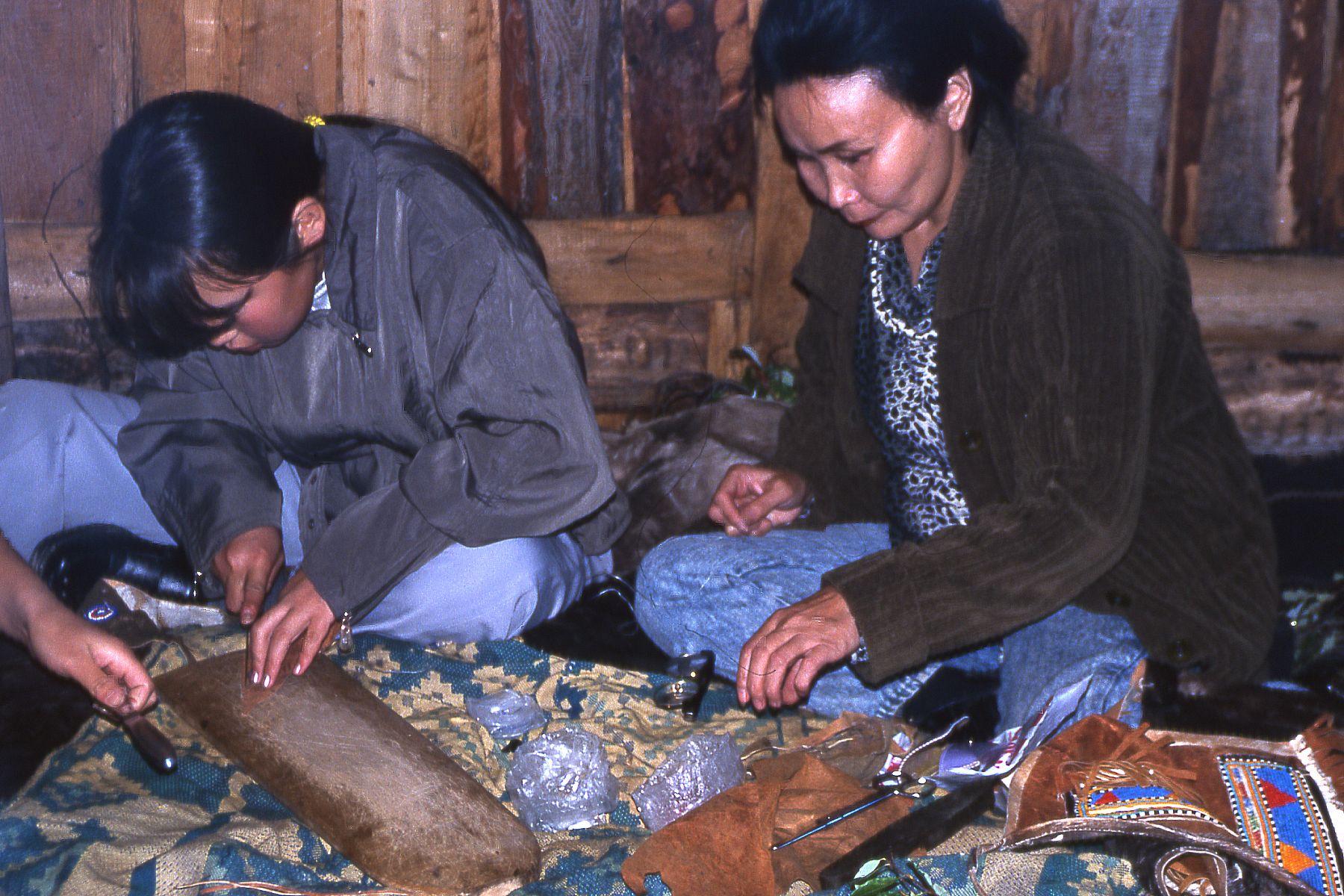
© Erich Kasten, 1999
Games
The peoples of the North still enjoy their own games to this day, although many of them have been replaced by new ones that they have seen with others. For example, they particularly liked to adopt and modify board games from Russians who lived among them.
more ... Music and dance
The peoples of the North use their own musical instruments to accompany dancing and singing. This often happens in conjunction with the accordion, which they adopted from the Russians. Dance scenes are also often portrayed by artists.
more ... Scenes from everyday life
Artists like to portray relatives or distinguished community members or other scenes from everyday life.
more ... 